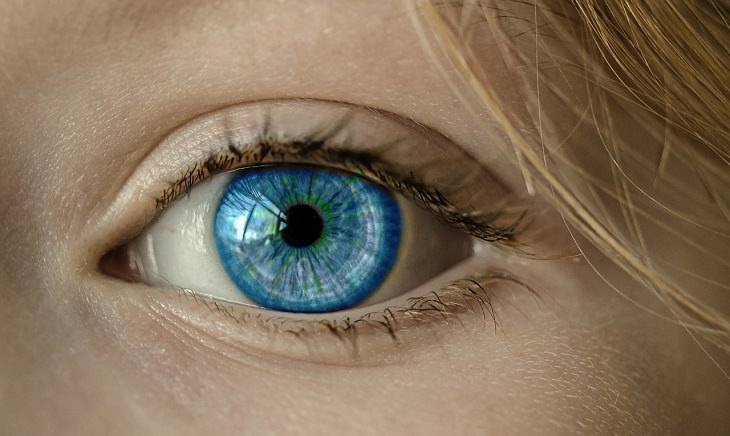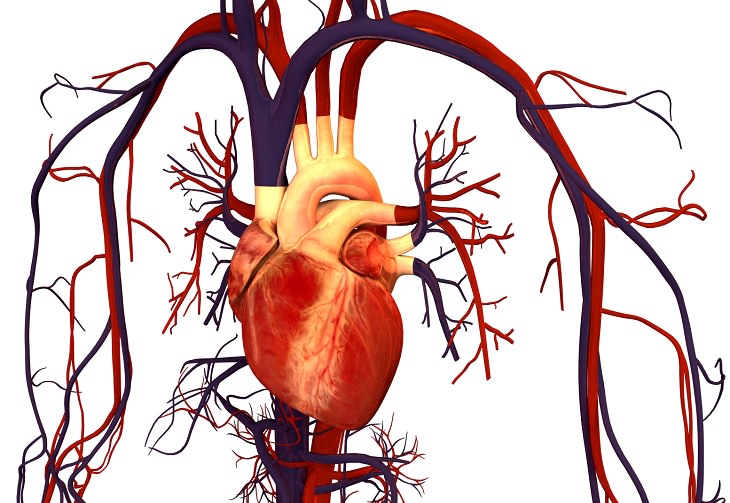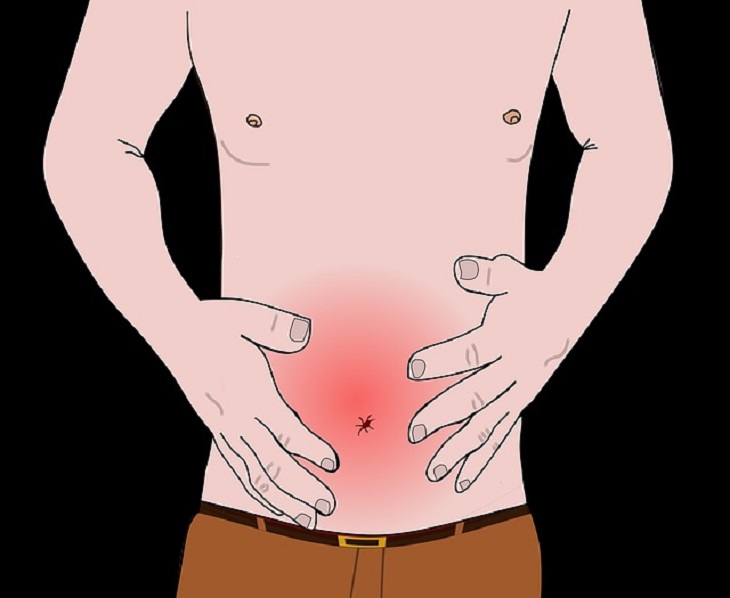
The human body is so weird! I know we don't like to think of it too much, but it's the truth. Our bodies are made up of 206 bones, 650 muscles, 72,000 veins, all of which are made from the 30 trillion cells that make up each and every one of us. Though we are all unique in our own ways, our bodies are more or less similar. And believe it or not, we all have some truly strange and surprising features built into these fleshy machines we call bodies. While there is so much we still have to understand about our physiology, here are some things that we do understand but still astound us!

Photographer and scientist Dr. Roger Clark used the assumption that our eyes take in the scene before we register it to determine that the actual resolution of the human eye is 576 megapixels. Compare that to the average iPhone camera which is usually between 8 and 12 megapixels. However, our eyes don’t function as cameras, capturing single images. They have imperfections and blind spots which do not allow us to distinguish pixels.

There are a large number of enzymes that our body produces to digest food and they come from our many salivary glands. This includes the stomach, the intestines, the pancreas, and the liver. When we die, our bodies begin to decompose within a few minutes. The enzymes are released, starting with those in the liver which has the largest number of enzymes, and begin digesting cell membranes. This process of self-digestion is called autolysis.

The actual number of heartbeats can differ from person to person but the average is about 72 per minute. With each beat, your heart pumps about 70 milliliters of blood. And it pumps around 100,000 times per day. That’s a total of 2000 gallons of blood being pumped through this tiny engine every day. In an average lifespan of 70 years, your heart will pump around 51.1 million gallons of blood. That’s around 1 million 55-gallon barrels full.

It is common knowledge that there are billions and billions of atoms in the human body. However, many of these atoms are actually billions and billions of years old and came from space. Poets and physicists alike have made bold statements about the stars and the cosmos being within us. The simple scientific version of their theories is that certain elements like hydrogen which fall below iron on the periodic table were created from the birth of a star. They clumped together over billions of years and birthed new stars or in the case of Earth, helped create life.

While there is still much research to be done about the exact effects, studies have shown a connection between music and both emotional and physical reactions. Many studies show that fast tempos can increase heart rates and cause other physiological reactions, which in turn can cause emotions to be stirred. So the next time someone talks about a song that gets your heart pumping (and your feet tapping), consider taking them more seriously - or maybe check the truth of it for yourself.

Blinking is something we do naturally, and it keeps our eyes protected from dust and moist. The rate at which we blink differs from person to person. The average rate is somewhere between 15-20 per minute, which is around 1200 per hour. Assuming a person stays awake around 16 hours per day, at least 2 of those are spent with our eyes closed, just a few milliseconds at a time with each blink.

You know the long-standing legend that hair continues to grow after we die? There’s a small amount of truth to that. Our hair doesn’t continue to grow but it decays at such a slow rate that it essentially doesn’t disintegrate as the rest of our body does. It is also highly resistant to extreme temperatures and climates as well as some acids and corrosive chemicals. Of course, it is weakened over prolonged exposure and is also extremely flammable.

This is truly one of the most bizarre examples of the resilience of the human body. Stomach acid, which is a form of hydrochloric acid, has a pH level of 2 which is powerful enough to burn a clean hole through the skin and even corrode metals. What keeps us safe from the acid eating through our bodies is a barrier-like structure, a thick mucous membrane that coats the wall of your stomach.

We’ve all heard of the grade-school experiment that uses a potato to power a light bulb, but how about using your brain to do it? Our brains are made up of billions of specialized neurons that relay information to different parts of the body using electrical signals. Giving a literal meaning to the phrase “a bright idea”, enough electrical signals from all of these neurons could potentially produce enough electricity to light a dim bulb.

Sharks will always be considered a fierce and fearsome predator with a nose for blood and more teeth than we can count. But while we may never (and should never) equal their teeth in number, we almost equal them in strength. The actual enamel that makes up our teeth is softer than that of sharks. However, a study into the microstructure of various shark teeth revealed that the super-strong coating found on their teeth is made of the same material as the coating found on our teeth.
Share these fascinating facts about our bizarre bodies!